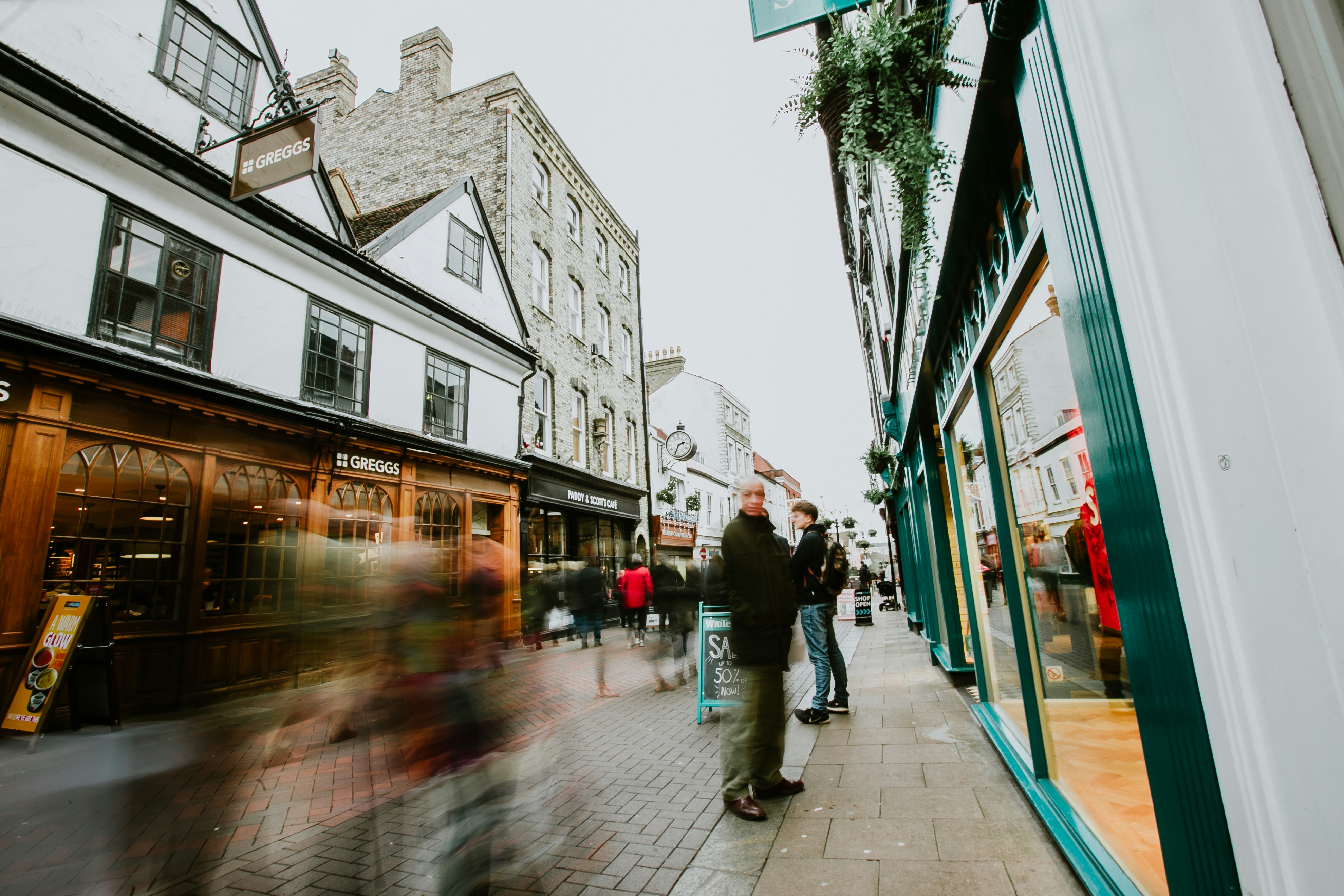
A short history lesson on Bury St Edmunds…
14/10/2024
Bury St Edmunds has a rich history, from its beginnings in the medieval era, through significant moments like the drafting of the Magna Carta and its wool industry prominence. It faced challenges, such as the Black Death and the great fire, but always found ways to bounce back. Today, the town stands as a testament to resilience and adaptability, with its historical charm and modern-day living.
11th -15th Century
Bury St Edmunds grew into an important town in the late 11th century due to Abbot Baldwin attracting craftsmen and creating new streets. By the 12th century, it had about 4,000 residents, making it a large town for the period.
In 1214, English barons gathered at Bury St Edmunds' abbey, taking an oath to compel the king to accept the Magna Carta. This historic event inspired the town’s motto: 'Shrine of a King, Cradle of the Law.'
In medieval Bury St Edmunds, wool manufacturing was a central industry. The wool underwent a process called fulling, where it was pounded in a mixture of clay and water to clean and thicken it. This task was carried out by wooden hammers operated by watermills.
In the Middle Ages, Bury St Edmunds was under the control of the Abbot, much to the townspeople's resentment. The situation escalated in 1327 when the people rebelled, but the Abbot ultimately retained control of the town. The Abbey was destroyed by fire in 1465, but it was subsequently rebuilt.
Bury St Edmunds, like many towns, was hit hard by the Black Death of 1349, which may have claimed half of its population. Yet, the town swiftly bounced back, thanks to a steady influx of rural job seekers.
16th – 18th Century
In 1538, John Leland praised Bury St Edmunds Abbey for its impressiveness, likening it to a city with its multitude of gates and towers. Just a year later, Henry VIII closed it down and the townsfolk dismantled the buildings for their own use. The Reformation also marked the end of pilgrimages and the respect of saintly ruins.
In 1550, a grammar school was founded in Bury St Edmunds by King Edward VI. Fast forward a few years: during Mary’s reign (1553-1558), 17 Protestants were martyred in the town. By 1608, a massive fire, attributed to a servant’s carelessness, ravaged 160 houses but the resilient community quickly rebuilt.
Around 1711-1712, the Unitarian Meeting House was constructed and Angel Corner was established in the early 18th century. The building now known as the Athenaeum started as Assembly Rooms in the early 1700s, providing a space for social gatherings like card games and balls; it took on the name Athenaeum in 1854. Additionally, Market Cross, designed by Robert Adam, was built in 1780.
19th century – present
From the 19th century to today, Bury St Edmunds has seen plenty of key developments. This stretch of time has shaped the town with cultural, infrastructural and educational milestones. Each addition marks a chapter in the town's history. Here are some of the key developments in Bury St Edmunds:
- 1819 – Theatre Royal
- 1826 – The first modern hospital
- 1834 – Gasworks
- 1836 – First police force
- 1837 – Church of St Edmund
- 1840 – Church of St John the Evangelist
- 1846 – Railway to Ipswich
- 1854 – Railway to Cambridge
- 1885 – Sewage works
- 1862 – The Corn Exchange
- 1899 – Borough Museum opened
- 1903 – Martyrs Memorial
- 1914 – St James Church became the Cathedral
- 1925 – Sugar beet factory
- 1972 – Art Gallery
- 1987 – Tourist Information Centre
- 2009 – Arc Shopping Centre
- 2019 – Abbeygate Sixth Form College